Overwintering Peppers: Save Your Plants for a Bigger Harvest Next Year
If you’ve ever watched your pepper plants turn sad and floppy the second cold air hits, you’re not alone. Peppers look tough in summer, but honestly? They act like drama queens the moment temps dip below sweater weather. The good news: peppers are actually perennials. Yep—if you keep them alive through winter, they come back stronger, thicker, and fruit faster next spring. It kinda feels like cheating, in a good way.
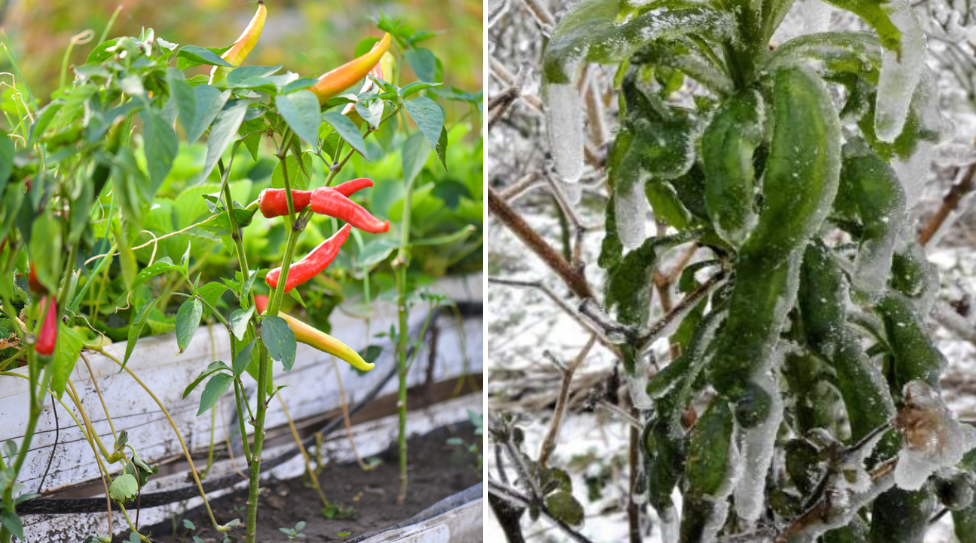
How to Overwinter Pepper Plants for a Bigger Harvest Next Year
Here’s how to help them survive the cold months without losing their minds… or their leaves.
Why Overwinter Pepper Plants?
Peppers come from warm places where winter basically doesn’t exist. They keep growing year-round, building thick stems and strong roots. But throw them into a real winter—and boom, game over.
Overwintering gives them:
- a head start in spring (my overwintered jalapeño fruits weeks earlier)
- bigger root systems, so bigger plants later
- more branches, which means more peppers—sometimes double
Hot peppers like jalapeño, cayenne, Thai chili, habanero—they overwinter best. Sweet peppers can do it too, but they’re a little more dramatic about it.

When to Start Overwintering
Begin before the first frost sneaks up on you. When nighttime temps hit around 45–50°F (7–10°C), that’s your signal to bring them in or start prepping.
Below 40°F (4°C), the plant starts sulking. Below freezing? It’s gone.
If your peppers still have fruit, you can tuck the pot into a garage or porch on cold nights to buy more time. I’ve done this during a warm autumn, and got an extra handful of peppers just from playing “indoor/outdoor shuffle.”
How to Overwinter Pepper Plants
1. Check for Pests Before Bringing Them In
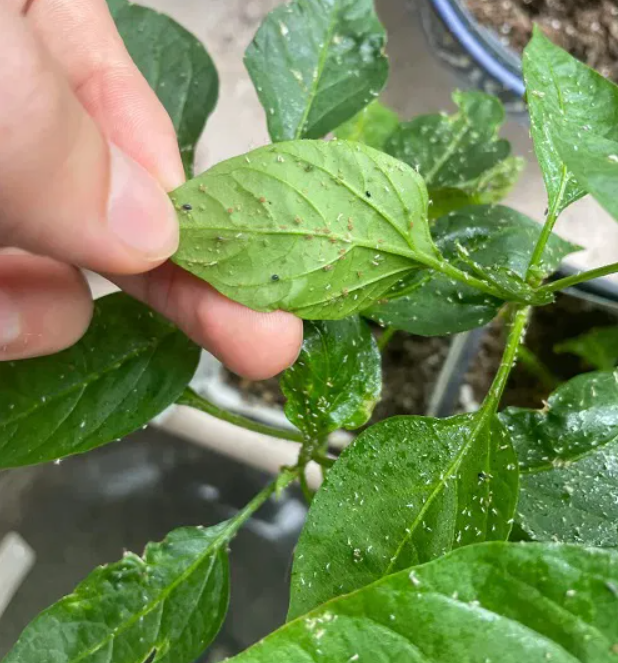
Trust me—nothing ruins winter faster than bringing aphids, whiteflies, or fungus gnats indoors. Do a full check a few days before moving the plant inside.
What I usually do:
- spray leaves (top + bottom) with neem oil
- rinse the plant the next day
- look for sticky leaves or tiny bugs hiding in leaf joints
You want your plant to start winter clean, or you’ll be chasing pests until spring.
2. Fix the Dry Indoor Air
Indoor air in winter can feel like a desert, and peppers hate that. Too-dry air makes leaves curl, crisp, or drop.
You can help by:
- placing a humidity tray nearby
- putting a humidifier in the room
- grouping several plants together
You don’t need tropical humidity—just a little moisture to keep it comfortable.
3. Make the Move Indoors Slowly (No Sudden Change)
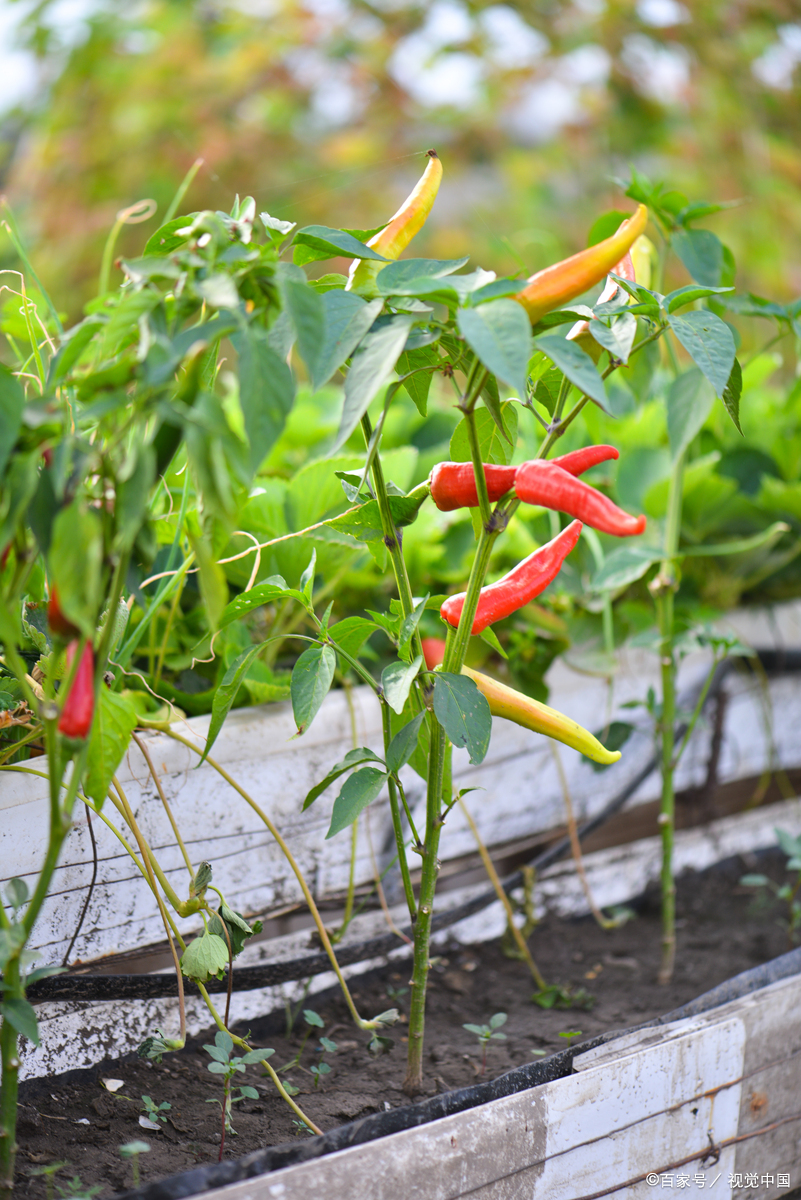
Peppers don’t like surprises. If you drag them indoors suddenly, they react like you dragged them into another universe.
Instead:
- bring them inside for a few hours the first day
- increase time indoors over a week
- fully move them in once nights get cold
This slow shift helps avoid shock, sudden leaf drop, or “pepper tantrums.”
4. Dig Up Outdoor Plants and Pot Them
If your peppers are in the ground, you can still overwinter them.
Here’s the simple version:
- harvest all peppers
- prune the plant down about 50–70% (yes, it feels scary, but it’s fine)
- dig around the plant carefully
- shake off extra soil
- trim the large roots slightly if needed
- pot it in fresh, well-draining soil
Place the potted plant in a cool, bright indoor spot around 55–65°F (13–18°C).
This cool-but-not-cold temperature helps the plant “rest” instead of trying to grow like it’s summer.
5. Light and Dormancy
Peppers don’t need much light in winter unless you’re trying to force fruit (which is totally optional).
For normal dormancy:
- bright indirect light is enough
- no need for strong grow lights
- lower temps keep the plant calm and resting
But if you want winter peppers (some people do!):
- keep humidity 50–70%
- use grow lights 12–14 hours
- keep temps around 60–80°F (15–26°C)
It’s more work, but fresh winter chilies are kinda fun.
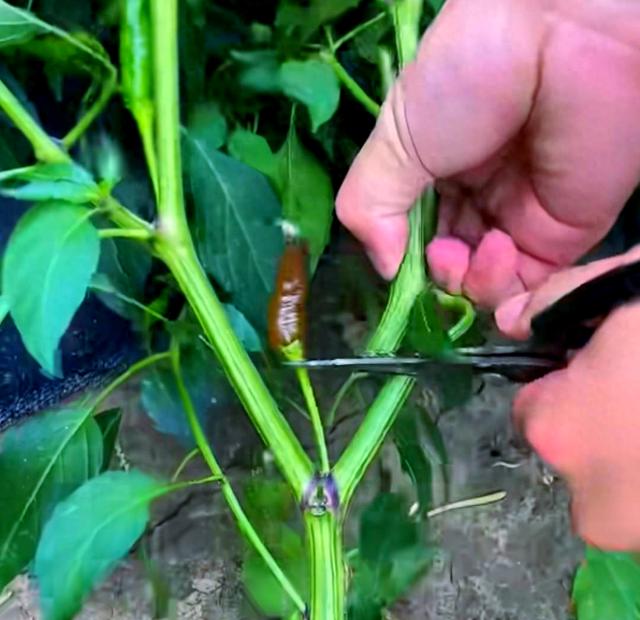
Indoor Overwintering Tips
A few things to keep the plant alive until spring:
- One plant per pot. Peppers are not sharers.
- Don’t fertilize in winter. They’re sleeping, not eating.
- Water lightly—about every 2 weeks. Only when the soil feels dry.
- If leaves fall off, don’t panic. It’s normal during dormancy.
- Cut the plant back to a few Y-shaped main stems. New branches pop out in spring.
About a month before your last frost date, start waking your pepper up by giving it more sun and more water. It usually starts growing again within a week.
How to Overwinter Pepper Plants Outdoors
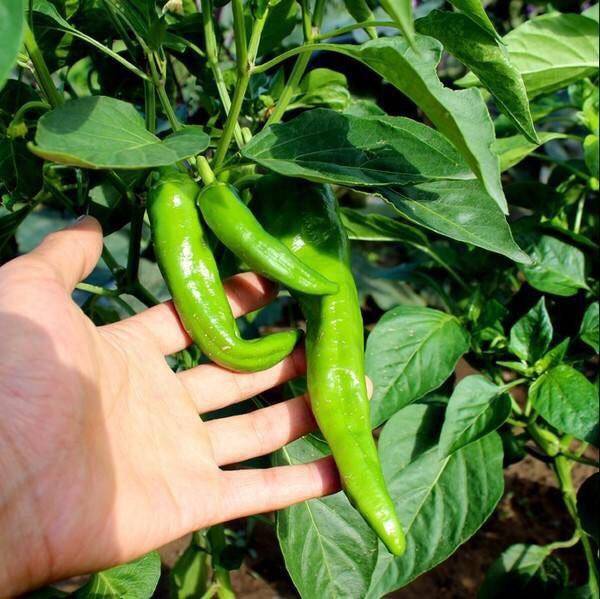
If you live in a warm zone—USDA zone 9 and up—you might not need to bring peppers indoors at all.
But if nights drop below 50°F (10°C), peppers get stressed.
Outdoor protection options:
- a small cold frame
- row covers or frost cloth
- string lights for warmth (yes, the old-school holiday kind)
- a thick layer of mulch around the roots
For very mild climates, you can even let your peppers go dormant right in the soil.
Just make sure the soil is never soggy, because cold + wet roots = dead pepper.
Bonus Tips:
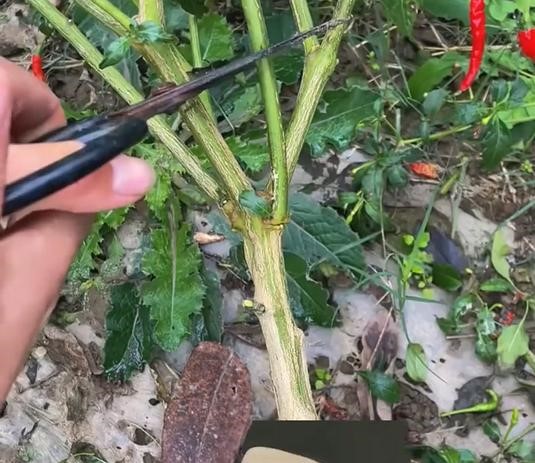
Don’t repot into a bigger pot before winter
Bigger soil stays wet too long in cold months. A snug pot is safer.
Cut flowers and baby peppers off early
This helps the plant save energy instead of wasting it on last-minute fruit.
Rotate the plant weekly
Indoor light is uneven, and rotating helps keep the plant from leaning or stretching.



